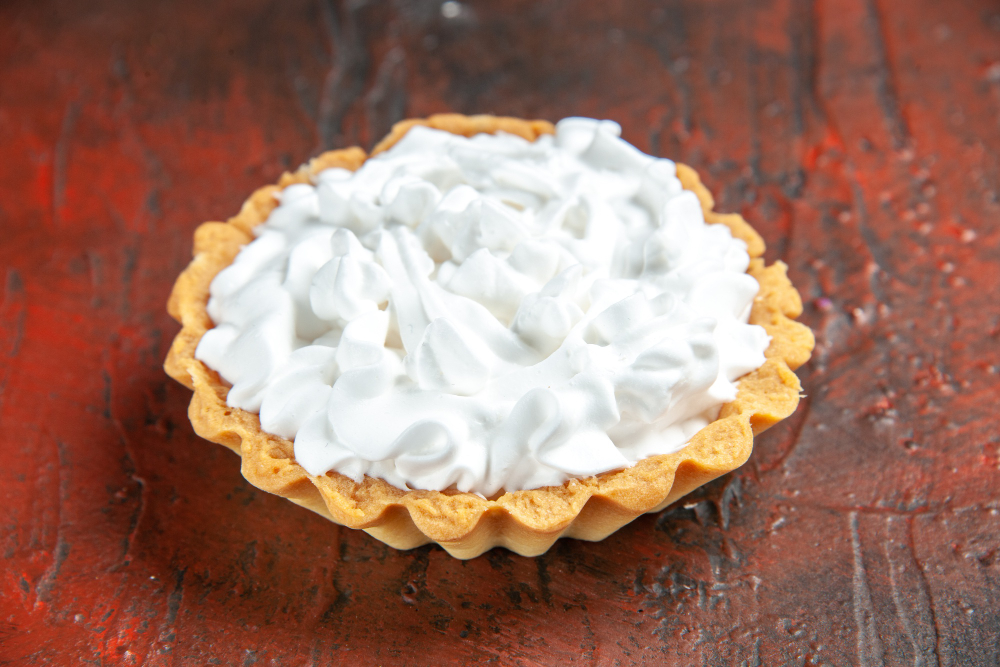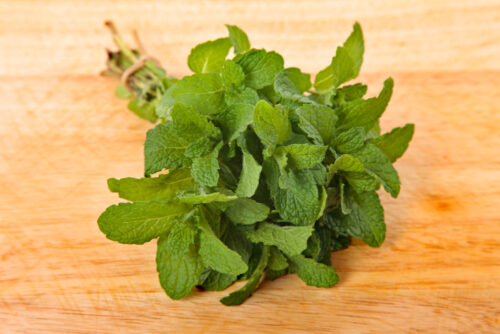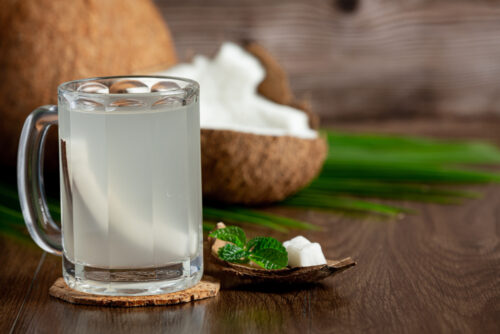Heavy cream is a high-fat, thick dairy product containing at least 36% milk fat. Its rich, creamy texture enhances the flavor and consistency of various dishes.
Due to its high-fat nature, heavy cream can be quickly whipped into stiff peaks, making it a significant ingredient in sweet and savory recipes.
But if you are out of heavy cream, what can you use instead of the heavy cream? In this article, we will discuss the most common heavy cream substitutes.
Why Would You Need a Heavy Cream Substitute?
There are many reasons why you might need a heavy cream substitute. Perhaps you’ve run out, or you’re looking for a lower-fat alternative.
Some people seek dairy-free or vegan substitutes due to dietary restrictions or lactose intolerance. Fortunately, several options can replicate heavy cream’s texture, richness, and functionality.
Culinary Uses of Heavy Cream
Heavy cream is a versatile ingredient that enhances both sweet and savory dishes. Its high-fat content contributes to richness, smoothness, and a luxurious mouthfeel across various culinary applications:
- Whipping: Forms the base for whipped cream, perfect for topping desserts, beverages, and garnishes.
- Thickening: Adds a silky, velvety consistency to sauces, soups, and stews.
- Enhancing Richness: Elevates the flavor and texture of coffee, custards, and baked goods.
- Baking: Provides moisture and fat for cakes, pastries, and scones, ensuring a tender crumb.
- Creamy Pasta and Sauces: Creates smooth, indulgent sauces like Alfredo and carbonara.
- Desserts: Essential for making ice cream, mousse, and panna cotta, delivering a creamy, melt-in-your-mouth experience.
When heavy cream is unavailable or unsuitable for dietary reasons, various substitutes can mimic its texture and function effectively.
Common Dairy-Based Heavy Cream Substitutes
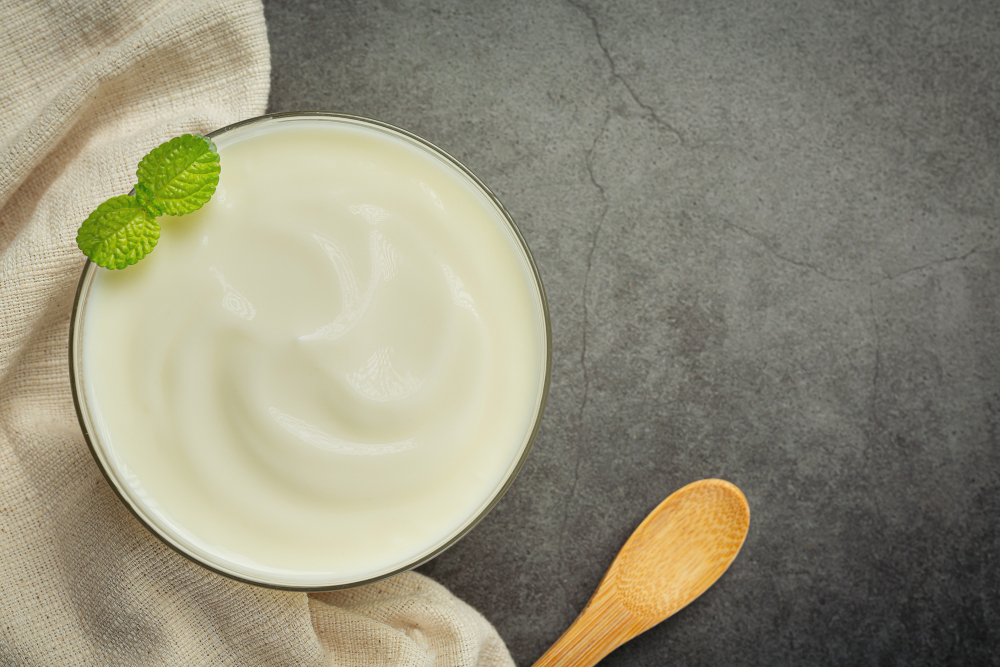
1. Milk and Butter
- How it works: Heavy cream’s high-fat content is key to its richness. Combining whole milk with butter can effectively replicate this fat content.
- Ratio: Mix 3/4 cup of whole milk and 1/4 cup of melted unsalted butter to substitute 1 cup of heavy cream.
- Best for: Cooking, baking, sauces, and soups where a similar fat content is required.
- Considerations: This substitute lacks the ability to be whipped and may not provide the same thickness as heavy cream in ganache or frostings. Additionally, it can sometimes separate in high-heat applications, making it less ideal for prolonged simmering.
2. Half-and-Half
- Definition: A blend of whole milk and light cream, half-and-half contains about 10-18% fat, making it a lighter alternative.
- Best for: Coffee, creamy sauces, soups, and baked goods where a rich texture is desired without excessive fat.
- Considerations: Due to its lower fat content, it does not whip and may not provide the same body in recipes requiring thick, stable cream. It can, however, be thickened with butter for better cooking results.
3. Evaporated Milk
- Definition: Evaporated milk has about 60% of its water content removed, resulting in a thicker consistency and slightly caramelized taste.
- Best for: Adding creaminess to soups, casseroles, desserts, and beverages.
- Considerations: It lacks the same richness as heavy cream and does not whip. The slightly cooked flavor may alter the taste of delicate dishes, making it less suitable for desserts.
4. Milk and Cornstarch
- How it works: Cornstarch thickens milk to mimic the consistency of heavy cream better.
- Ratio: Mix 1 cup of whole milk with two tablespoons of cornstarch. Stir well and let sit for a few minutes to thicken before using.
- Best for: Thickening sauces, soups, gravies, and custards that require a denser consistency.
- Considerations: This option does not whip and may make baked goods slightly denser. Additionally, it may not provide the same creamy mouthfeel as heavy cream in specific recipes.
5. Cream Cheese
- Definition: A soft, high-fat cheese that adds both thickness and richness to recipes.
- Best for: Frostings, creamy pasta sauces, dips, and cheesecakes where a tangy, thick consistency is acceptable.
- Considerations: It is much thicker than heavy cream and can alter the flavor of delicate dishes. In sauces, additional liquid may be required to achieve the right consistency.
Dairy-Free and Vegan Substitute for Heavy Cream
1. Coconut Cream
- Definition: The thick, fatty portion that separates from coconut milk when chilled.
- Best for: Vegan whipped cream, dairy-free desserts, and rich, creamy sauces.
- Considerations: It has an intense coconut flavor that may not complement all dishes but provides excellent texture and fat content. Ensure the coconut taste pairs well with other ingredients if used in savory dishes.
2. Soy Milk and Olive Oil
- How it works: Olive oil adds fat to soy milk, mimicking the richness of heavy cream.
- Ratio: Mix 2/3 cup of soy milk with 1/3 cup olive oil.
- Best for: Cooking, baking, and sauces where a plant-based fat source is needed.
- Considerations: This mixture does not whip and may introduce a slight olive taste to the dish. A neutral oil like canola can be used instead for less flavor interference.
3. Silken Tofu and Plant-Based Milk
- How it works: Blending silken tofu with plant-based milk creates a thick, creamy texture that closely resembles heavy cream.
- Best for: Vegan soups, pasta sauces, and desserts like puddings and cheesecakes.
- Considerations: It requires thorough blending for smooth consistency and may slightly alter the taste of dishes with its mild soy flavor. It works best in cooked recipes rather than raw applications.
4. Cashew Cream
- Definition: A blend of soaked cashews and water, creating a rich, dairy-free alternative.
- Best for: Vegan sauces, soups, and desserts where a neutral flavor and smooth texture are needed.
- Considerations: It requires soaking and blending, and its mild nutty flavor may not suit all dishes. It may not whip well, but it provides a thick, creamy consistency for cooking.
Important Considerations While Choosing a Heavy Cream Alternative
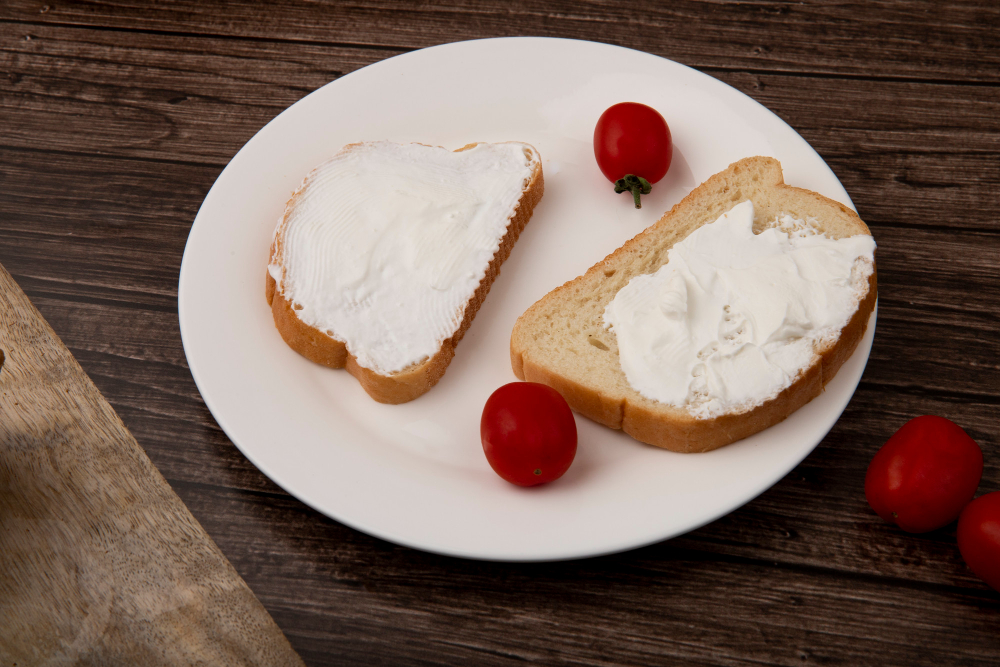
1. Whipping Ability
- Can be whipped: Coconut cream.
- Cannot be whipped: Milk and butter, half-and-half, evaporated milk, and most vegan substitutes.
2. Flavor Profile
- Some substitutes, like coconut cream and cashew cream, add unique flavors.
- Cream cheese has a slightly tangy taste that may alter certain recipes.
3. Fat Content
- Heavy cream has at least 36% fat, contributing to its richness and stability.
- Many substitutes lack the same fat content, so they may not yield identical results.
4. Dietary Considerations
- Lactose-free: Coconut cream, cashew cream, oat milk alternatives.
- Vegan: All dairy-free substitutes.
- Low-fat: Evaporated milk, milk and cornstarch, and oat milk alternatives.
Frequently Asked Questions:
Question 1: Can I use Greek yogurt instead of heavy cream?
Answer: Yes, Greek yogurt can be used in sauces and baking to add creaminess and protein. However, it is thicker and tangier than heavy cream, so it may need to be thinned with milk.
Question 2: What is the best dairy-free substitute for whipping heavy cream?
Answer: Coconut cream is the best dairy-free option, while mascarpone or a combination of cream cheese and milk works well for dairy-based alternatives.
Question 3: How do I make a lower-fat heavy cream substitute?
Answer: Using evaporated milk or half-and-half provides a lighter option with a similar texture.
Question 4: What Can You Substitute for Heavy Cream?
Answer: Dairy options include milk and butter, half-and-half, or evaporated milk. Coconut cream is the best vegan alternative for most recipes.
Question 5: Can You Use Milk Instead of Heavy Cream?
Answer: Milk alone lacks the fat content needed for richness, but adding butter or cornstarch can help mimic heavy cream’s texture.
Question 6: What Are the Best Substitutes for Heavy Cream in Baking?
Answer: Milk and butter, evaporated milk, or cashew cream work well, depending on dietary needs.
Question 7: How Does Melted Butter and Milk Compare to Heavy Cream in Texture?
Answer: It provides similar richness but cannot whip and has a slightly looser consistency.
Question 8: Do any Vegan Substitutes for Heavy Cream Work Well in Desserts?
Answer: Yes! Coconut cream and cashew cream work well in vegan desserts.
Question 9: What are the common advantages and disadvantages of using Sour Cream as a heavy cream substitute?
Answer: Pros: Thick texture, rich flavor.
Cons: Tangy taste that may not suit all recipes.
Conclusion
Finding the right heavy cream substitute depends on the dish you’re preparing. Whether you need a dairy-free alternative, a lower-fat option, or a quick fix with pantry ingredients, there’s a solution for every need.
Each substitute offers unique benefits, from baking milk and butter to whipping coconut cream; experiment with different options to find the best match for your recipes and dietary preferences!

